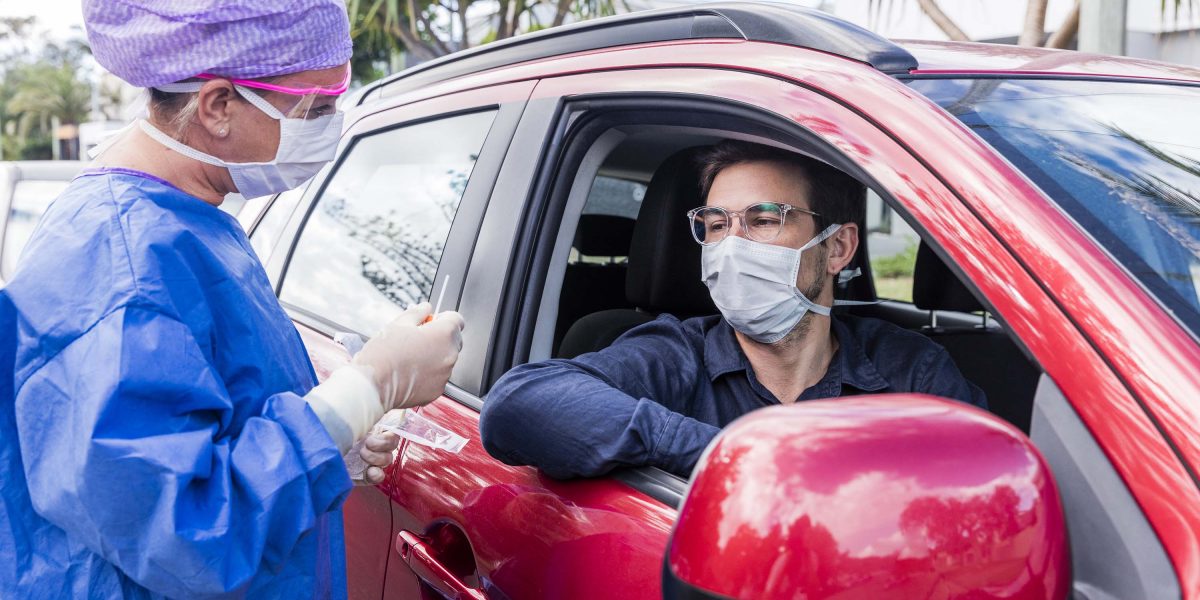“As weekly average case load continues to grow, we’re concerned about where this is headed,” said Kris Ehresman Infectious Disease Program Director for the Minnesota Department of Health.
She and other public health leaders say there’s much that individuals can do to slow the spread – though there’s not much we can do about how long it takes to get test results.
The Coronavirus continues to spread statewide, with cases in every county now and the median age about 36 years old. Hospital admissions are up, and so is the number of patients needing intensive care. Officials say even though the state has processed more than a million tests, there are still not enough to meet the demand.
“I would say until we get to a point where everyone is not asking for more tests, we won’t have enough. And you know, if you listen to Dr. Fauci on, you know, he’s the national expert on this. This is my first time your first time through a pandemic, right. And, you know, so for me, it’s a learning curve, you know, how many is the right number? But for sure, as we go forward, to make sure that we can contact trace, what we need is more tests, at least for those point of care machines, which is all these companies are trying to create them now so that we can do more rapid testing,” said Daniel Frye, Bemidji-area director of the Indian Health Service, which covers 34 tribes in five states.
Officials, health care workers and residents agree that inconsistency in testing has been frustrating.
“We do know there have been significant delays in having tests reported out for people and it does make a difference where you’re getting them processed,” said Frye
“We’ve heard people say oh I got tested here and it’s taking too long so I’m going to go someplace else in hopes it will be more rapid, and all that does is gum up the system. There is a fixed capacity for testing and we want people to get their results back as quickly as possible, and we want them to be isolating while they’re waiting for results, but if everyone called a determined a particular lab had a shorter turnaround time, that will no longer be the case because there will be so many people wanting to get tested. I think it’s best that people reach out to their usual provider for testing but we do realize there are definitely some challenges with the timing of testing at this point,” said Kris Ehresman, director of the infectious disease division for the Minnesota Department of Health.
For now, the health department is saying that people without symptoms do NOT need to get tested unless they are connected to people or places who have been affected by an outbreak. Of course many medical procedures require testing beforehand too.


 MN School Districts to Decide Learning Model, With Guidance from Health Officials
MN School Districts to Decide Learning Model, With Guidance from Health Officials